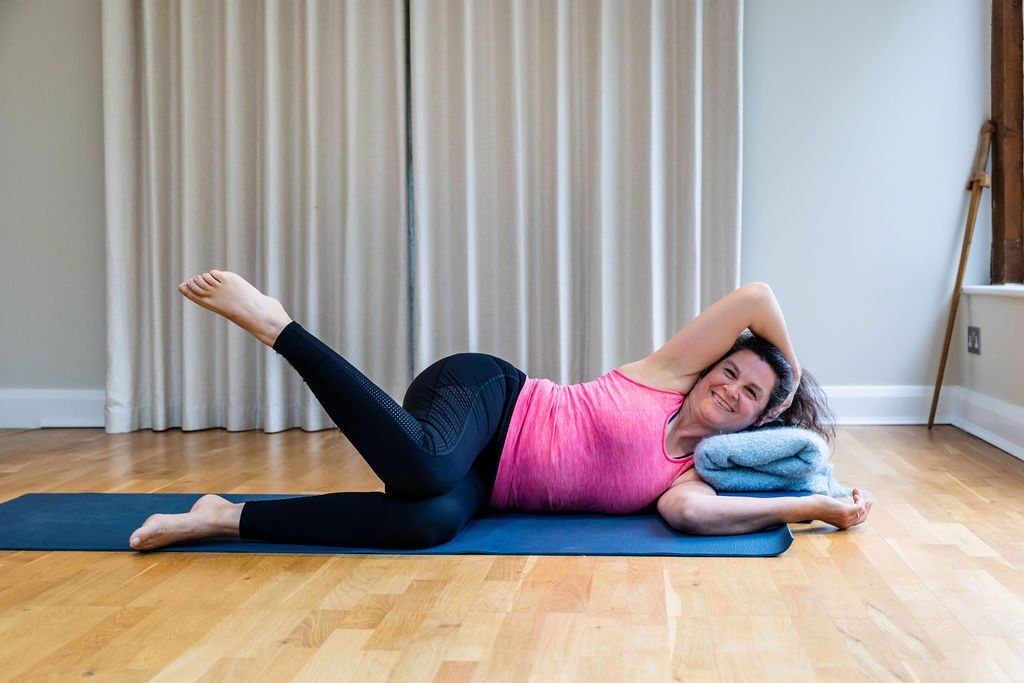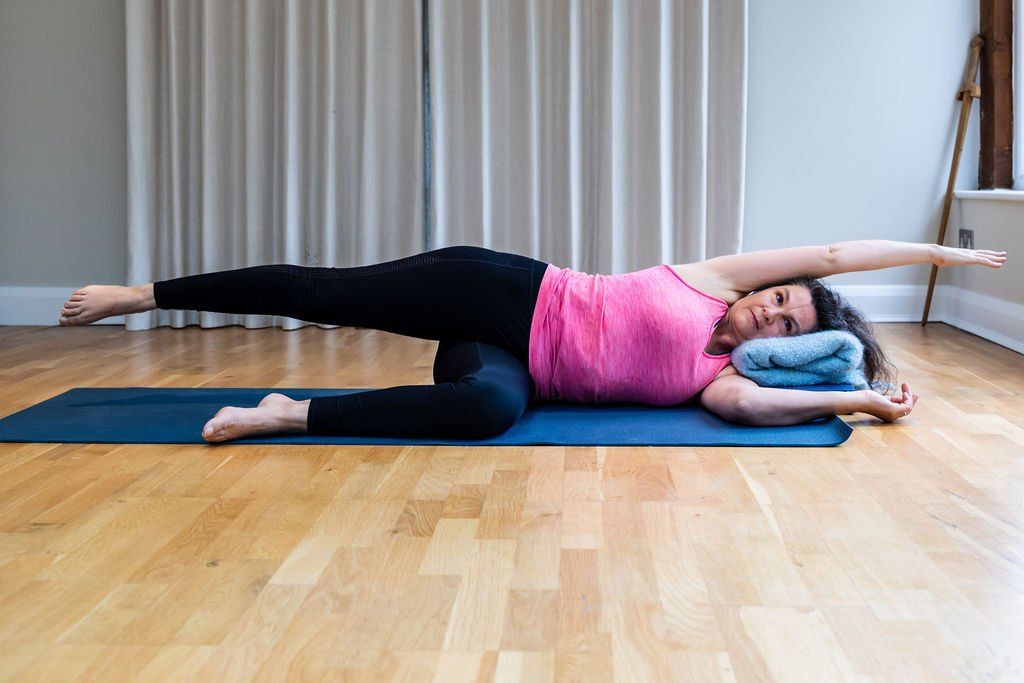Yoga & Somatic Movement
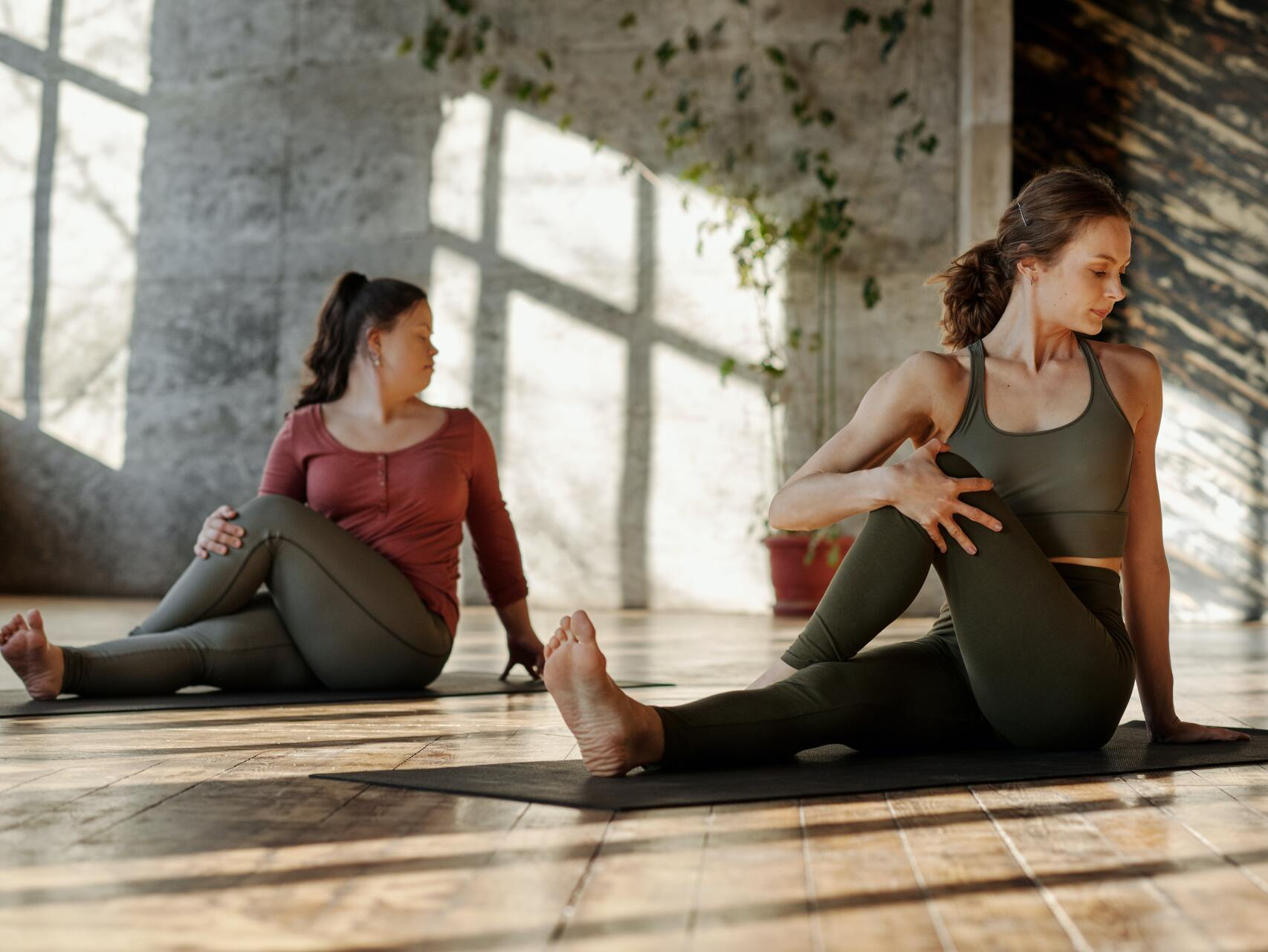
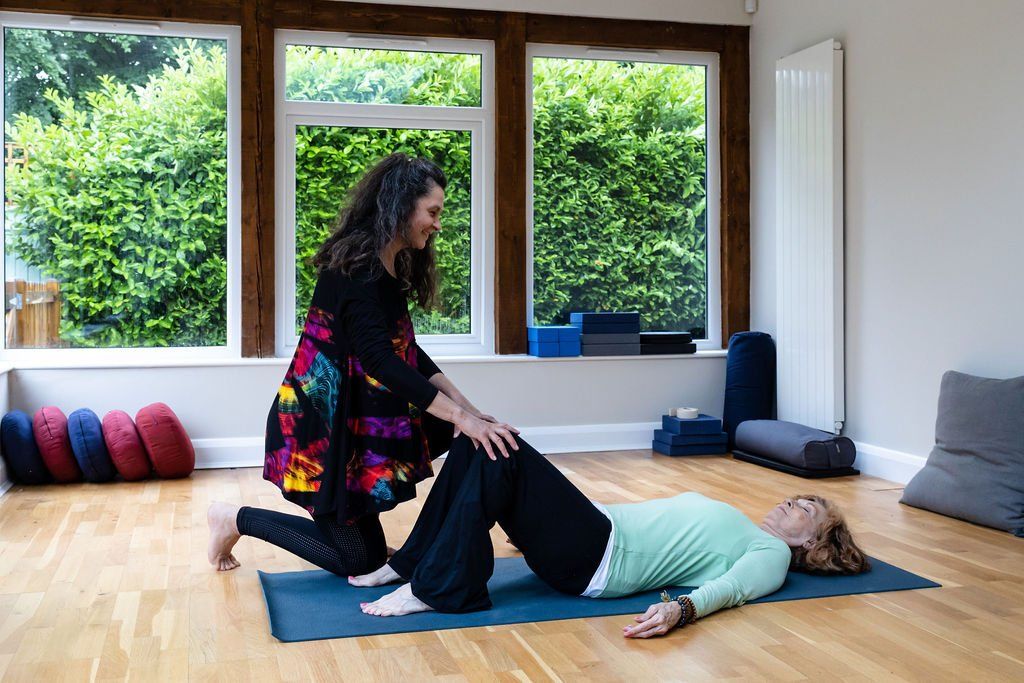
Slide title
Write your caption hereButton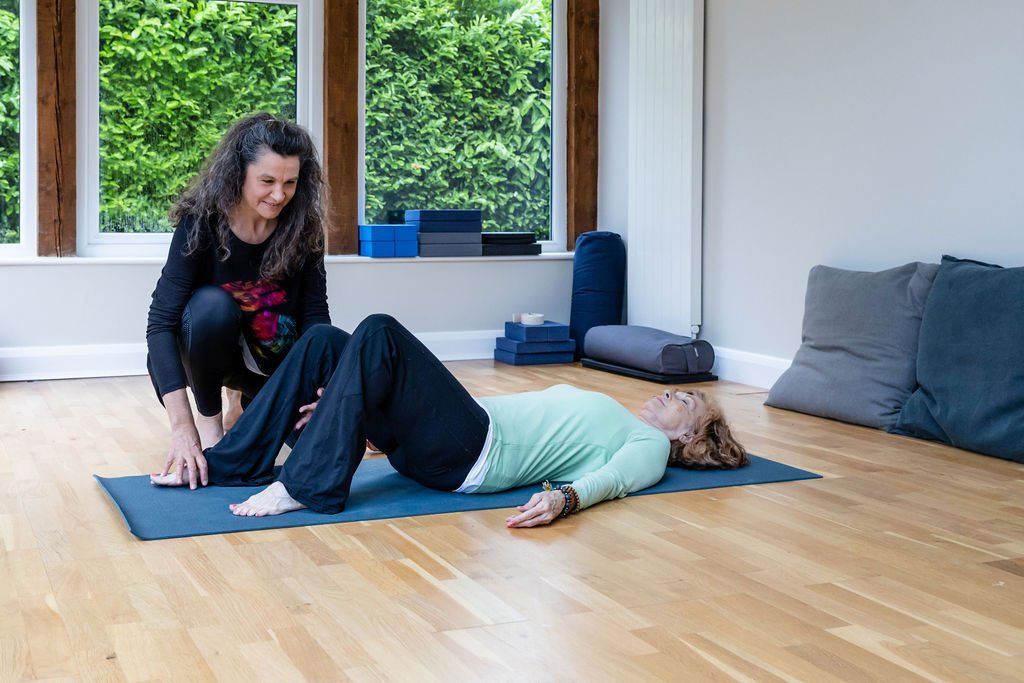
Slide title
Write your caption hereButton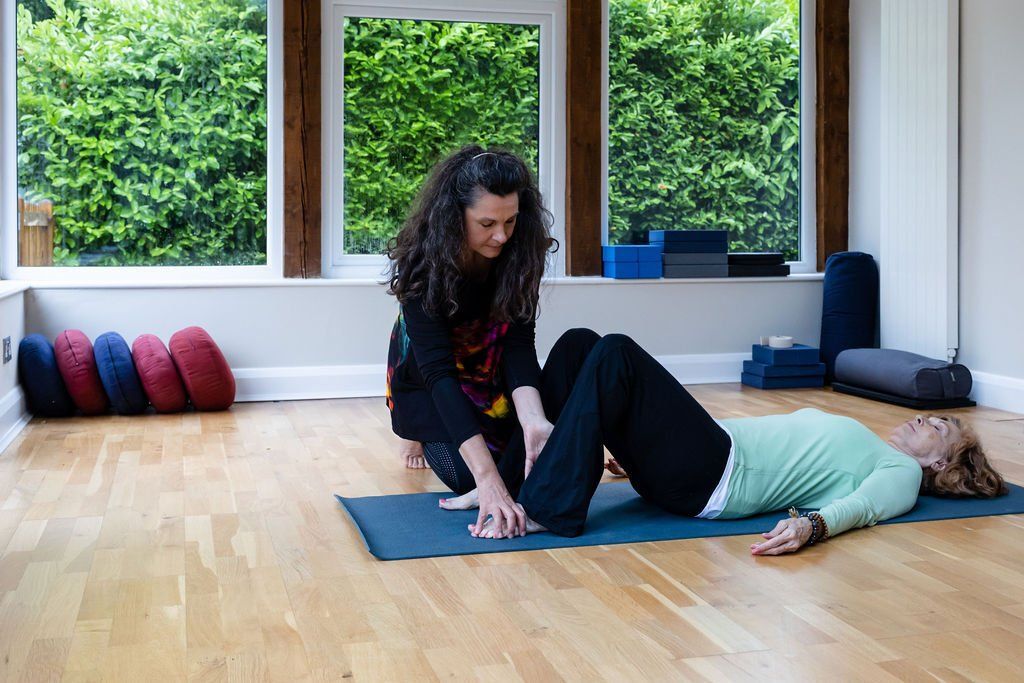
Slide title
Write your caption hereButton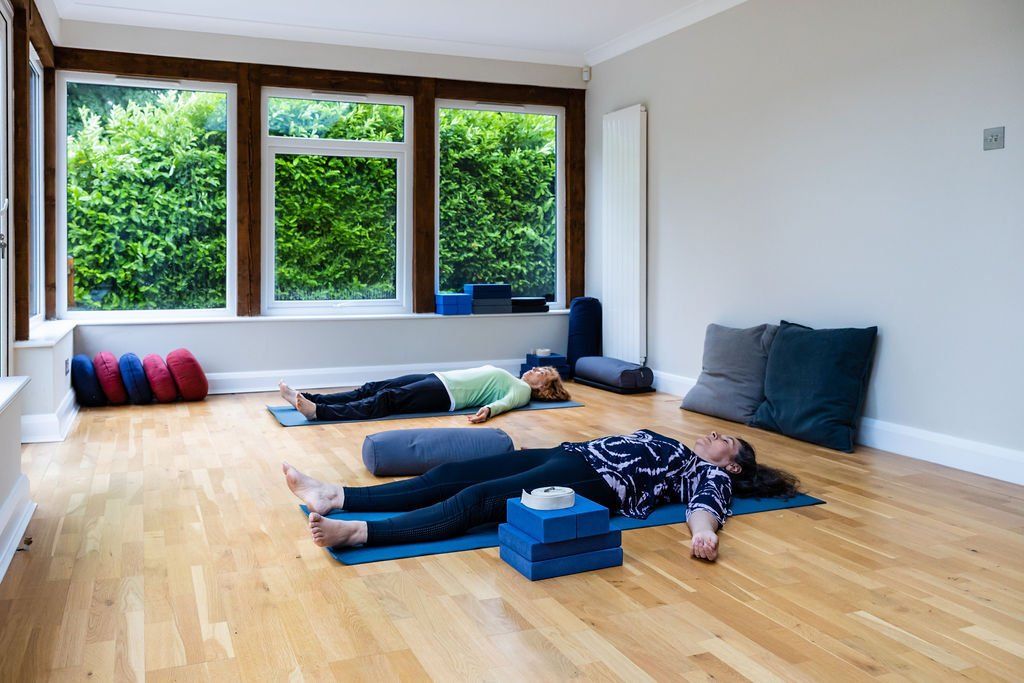
Slide title
Write your caption hereButton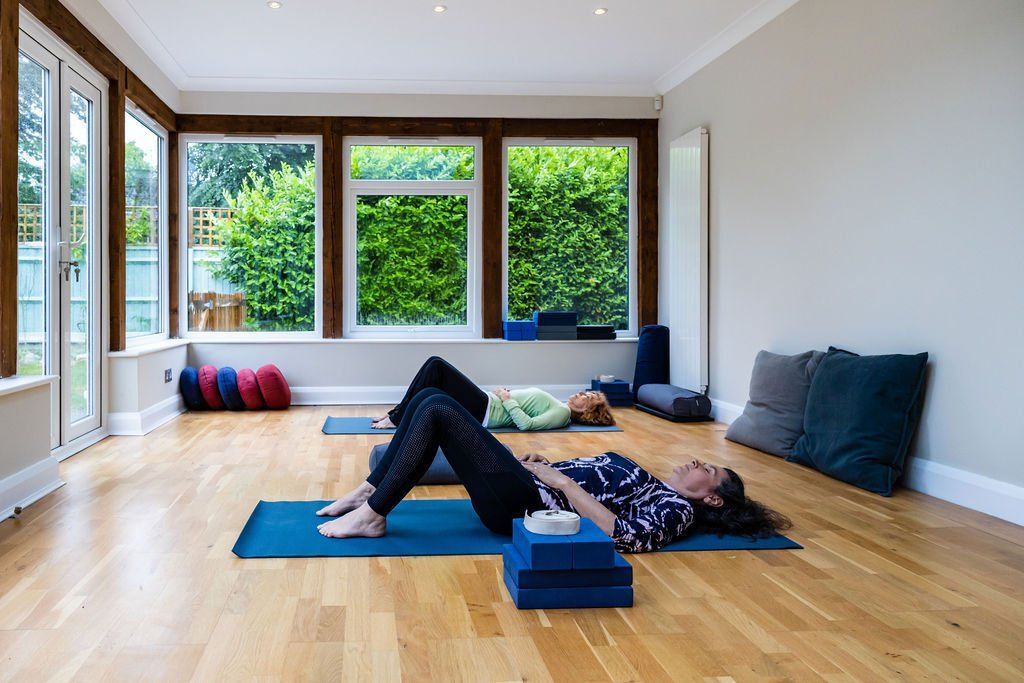
Slide title
Write your caption hereButton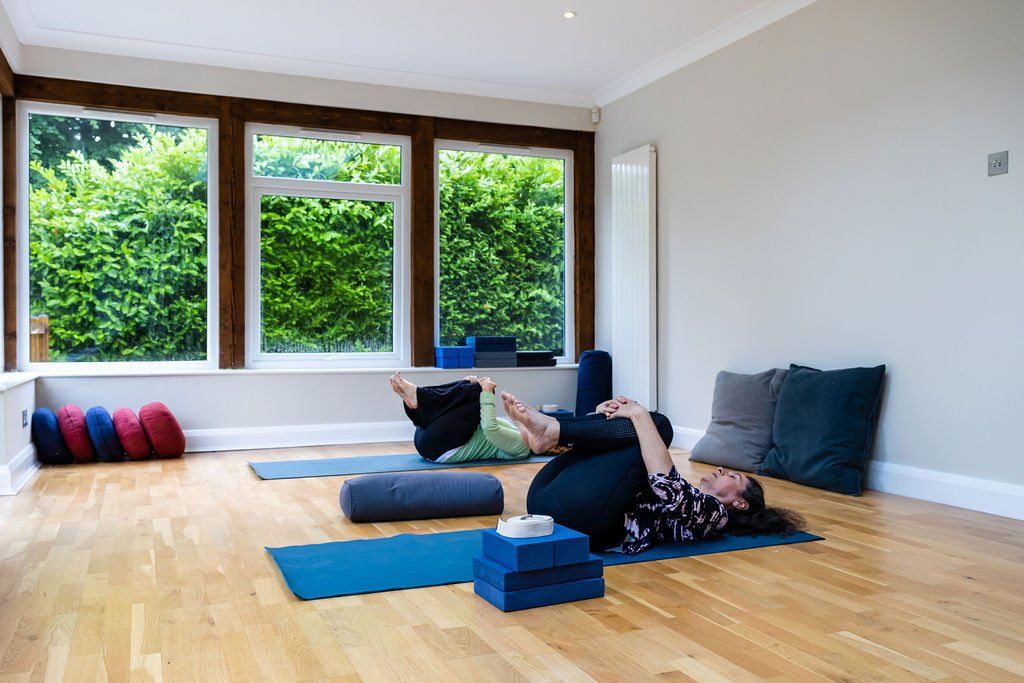
Slide title
Write your caption hereButton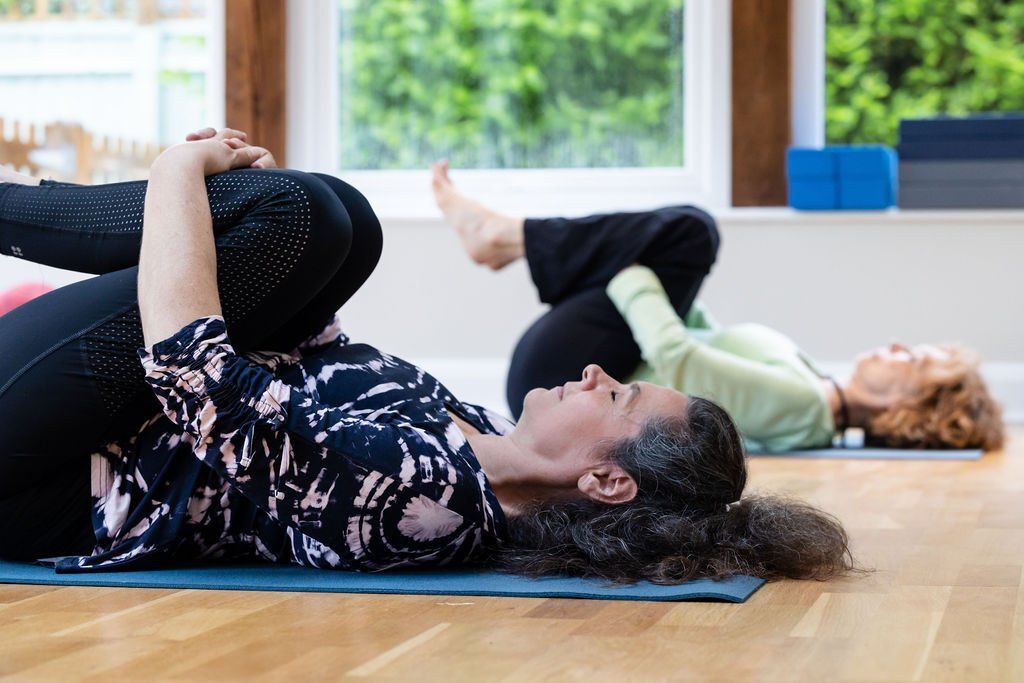
Slide title
Write your caption hereButton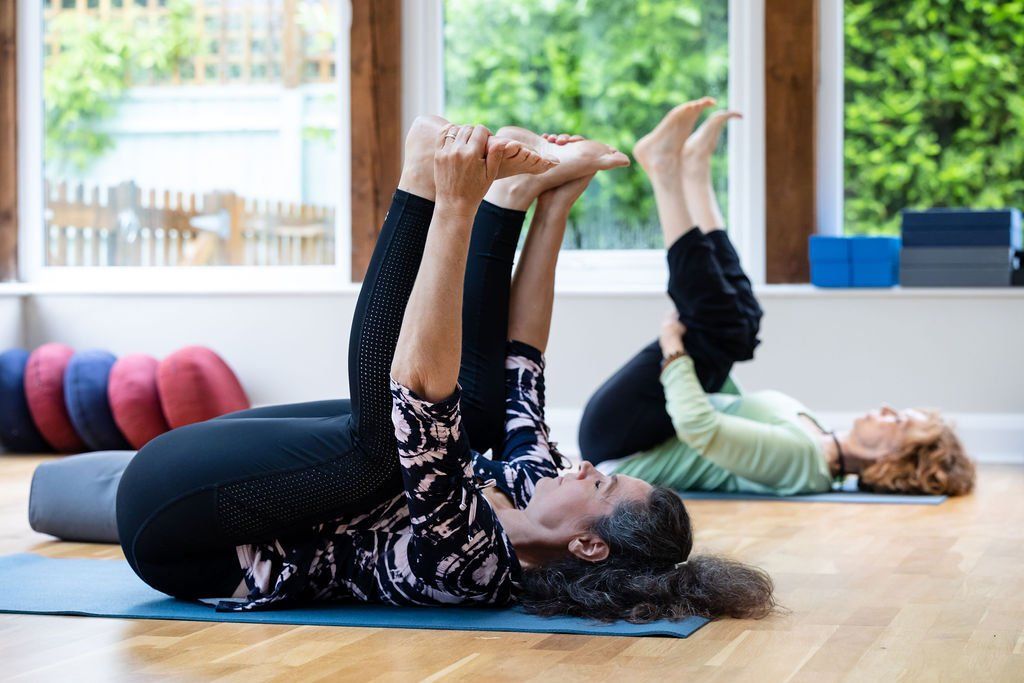
Slide title
Write your caption hereButton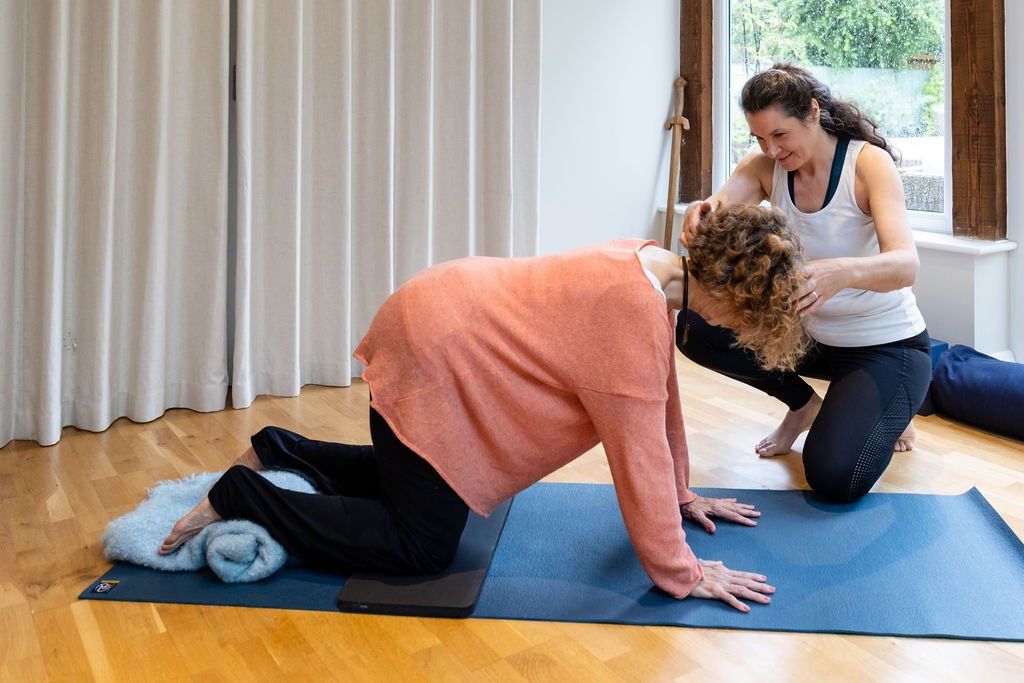
Slide title
Write your caption hereButton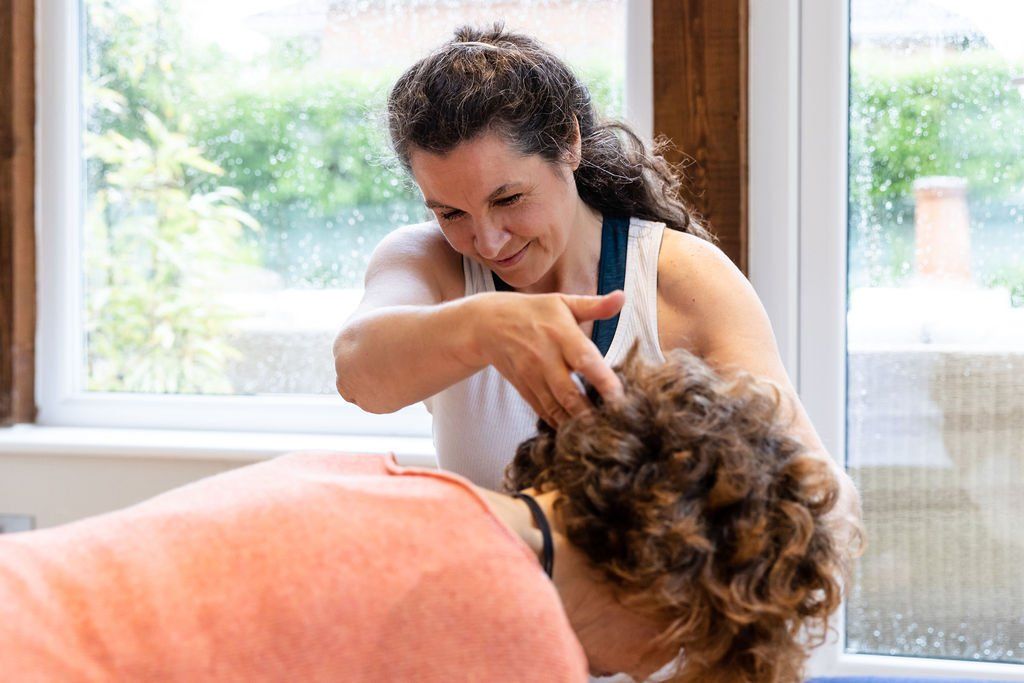
Slide title
Write your caption hereButton
Slide title
Write your caption hereButton
Restorative Yoga
In these classes you’ll rest in supported postures for up to 4 minutes. Breathe and allow the breath to open the body on its own terms. I will offer any needed corrections to your posture and provide you all the support you need so that you feel safe and comfortable throughout the class.
What is too much? What is enough? Your body posture needs to be just right. Can you breathe freely? Can you rest and feel length coming into the body? Can you deepen the inbreath and elongate the out? Using your breath to gently open and lengthen the posture you’ll understand how to create space for the body and more freedom throughout the whole body including the breath. This in turn helps to balance the autonomic nervous system and ultimately allows you to meet everyday life with ease in both body and attitude.
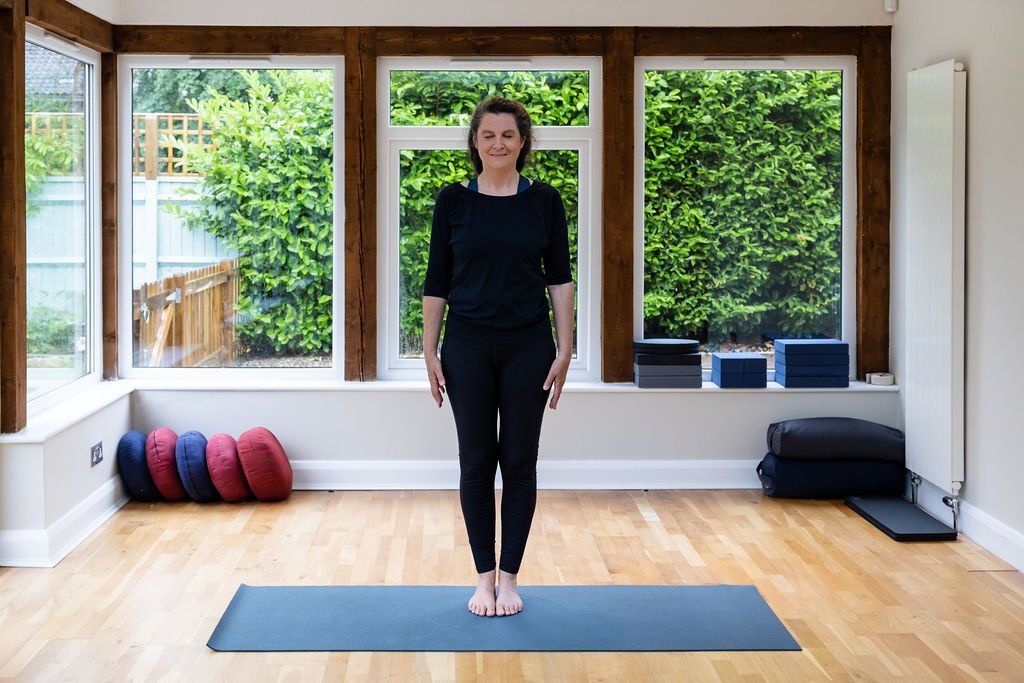
Slide title
Write your caption hereButton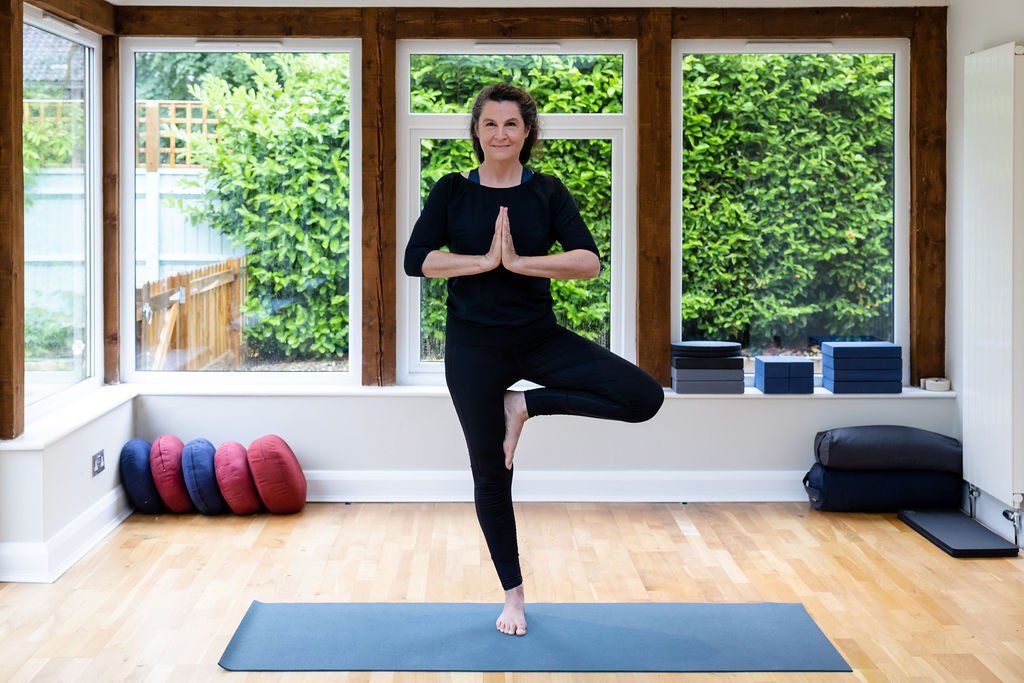
Slide title
Write your caption hereButton
Slide title
Write your caption hereButton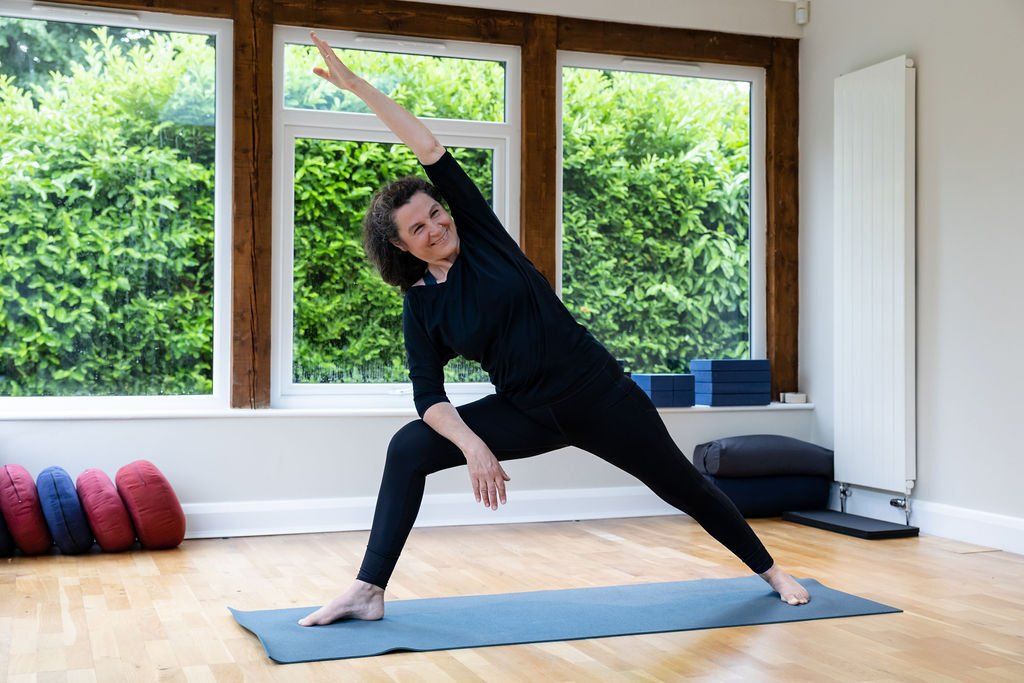
Slide title
Write your caption hereButton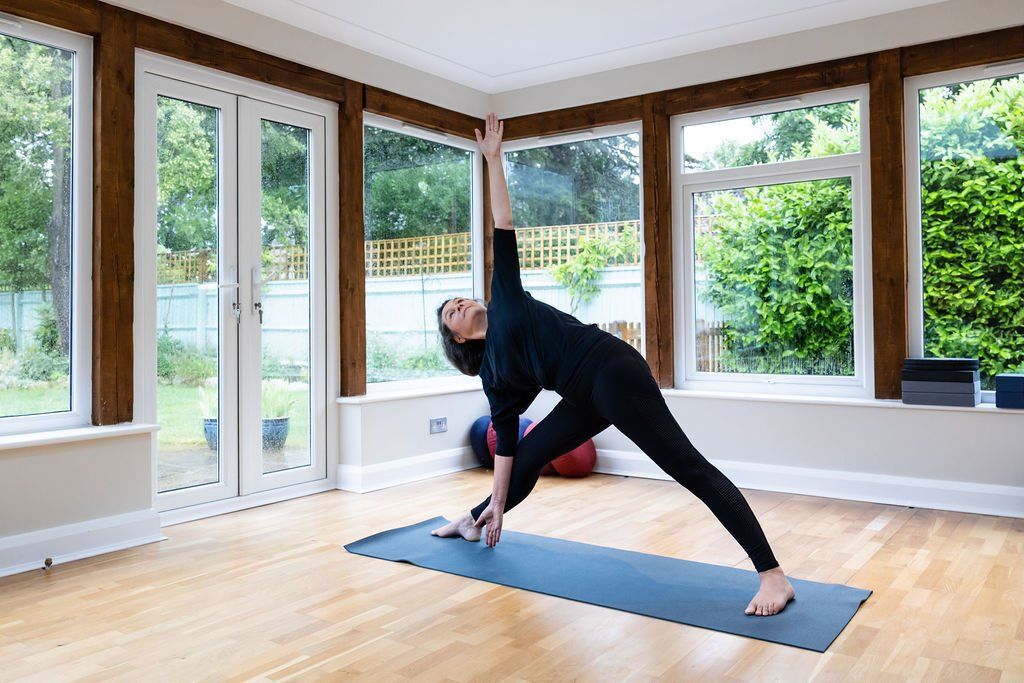
Slide title
Write your caption hereButton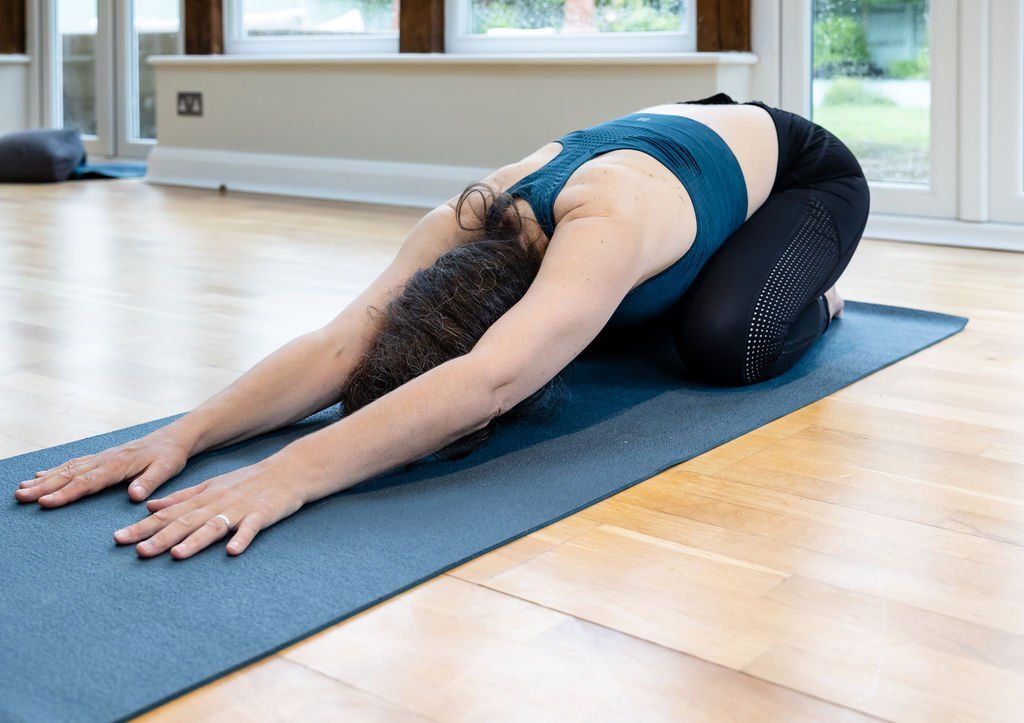
Slide title
Write your caption hereButton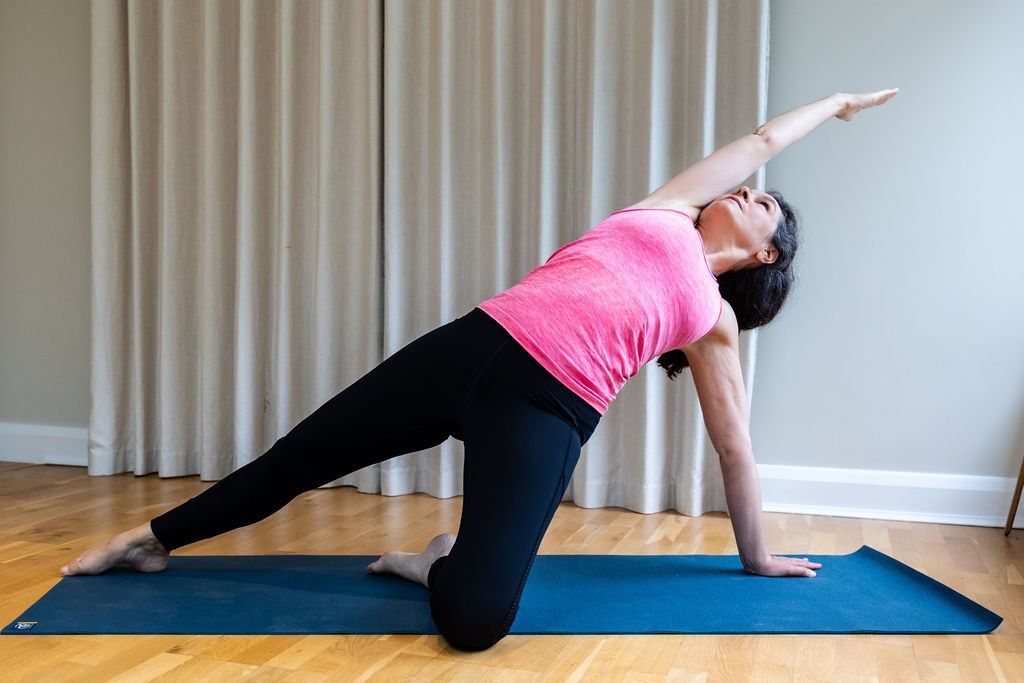
Slide title
Write your caption hereButton
Flow Yoga
This offers more dynamic, strong, large postures and teaches the art of moving between them in a smooth sequence. You’ll gain increased flexibility and unlock your natural strength and stability alongside drawing length into the structure. The geometry of the posture - muscle and joint alignment - are a key part of this practice, otherwise the breath becomes uncertain and will destabilise the balance of the structure. This often occurs when we push beyond our current ability.
Listen carefully to your breathing. How has the breath changed? How do we change our breathing rhythm without force? In these classes you’ll find the right position for you and learn how to hold it only as long as you are comfortable. Once the structure is comfortable and the breath deep and even then we can hold and move in and out of postures with ease.
Somatic Movement
This is almost the complete reverse action to yoga. Somatic Movement releases tension and the unconscious contractions of muscles that inhibit our ability not only to stretch, but to walk, garden, run, enjoy sport and even sleep well. I have seen these subtle movements help old and young alike, from being able to walk more freely and with more balance to being able to extend more smoothly in yoga practice to balance the body for a more efficient athletic achievement.
Although Somatic Movement looks like other kinds of movement such as yoga or Pilates, there is a very different approach to how the body moves to regain length and tonicity in the muscles. In small groups I guide students through the three parts of Somatic Movement:
- Contraction
- Length
- Relax
Normally we try and stretch tightness against habitually contracted and sore muscles. All movements are subtle but have huge benefits. If you are recovering from injury, have an intense exercise routine, or just want improved comfort and range of motion within your body then try Somatic Movement.
The three main postural imbalances or reflexes in Somatic movement address are in brief,
- Green Light (arched back) reflex
- Red Light (slumped) reflex
- Trauma (lopsided) reflex
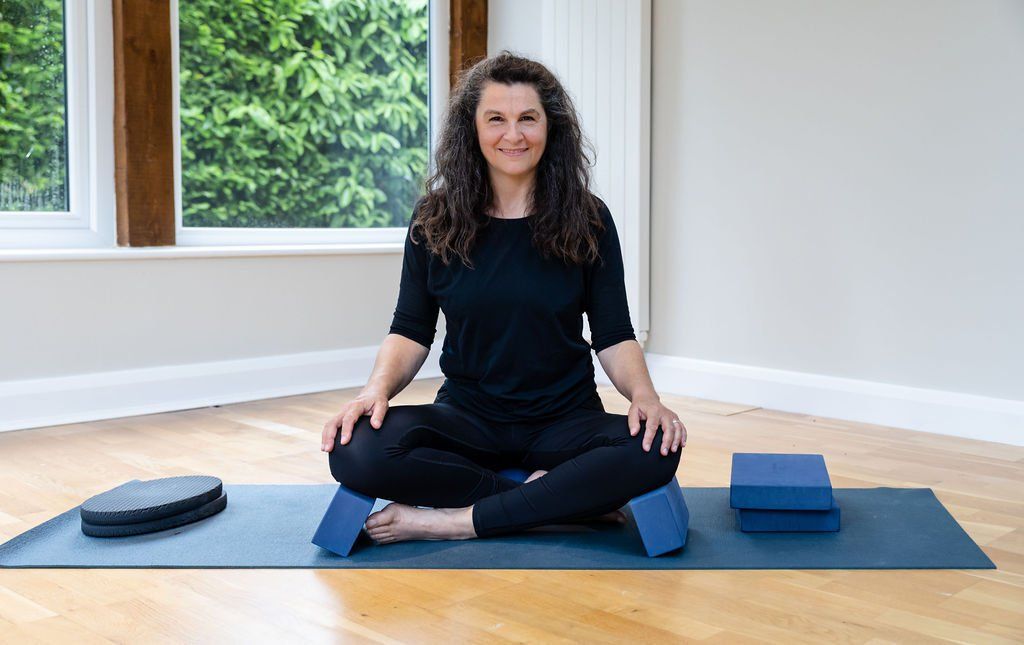
Slide title
Write your caption hereButton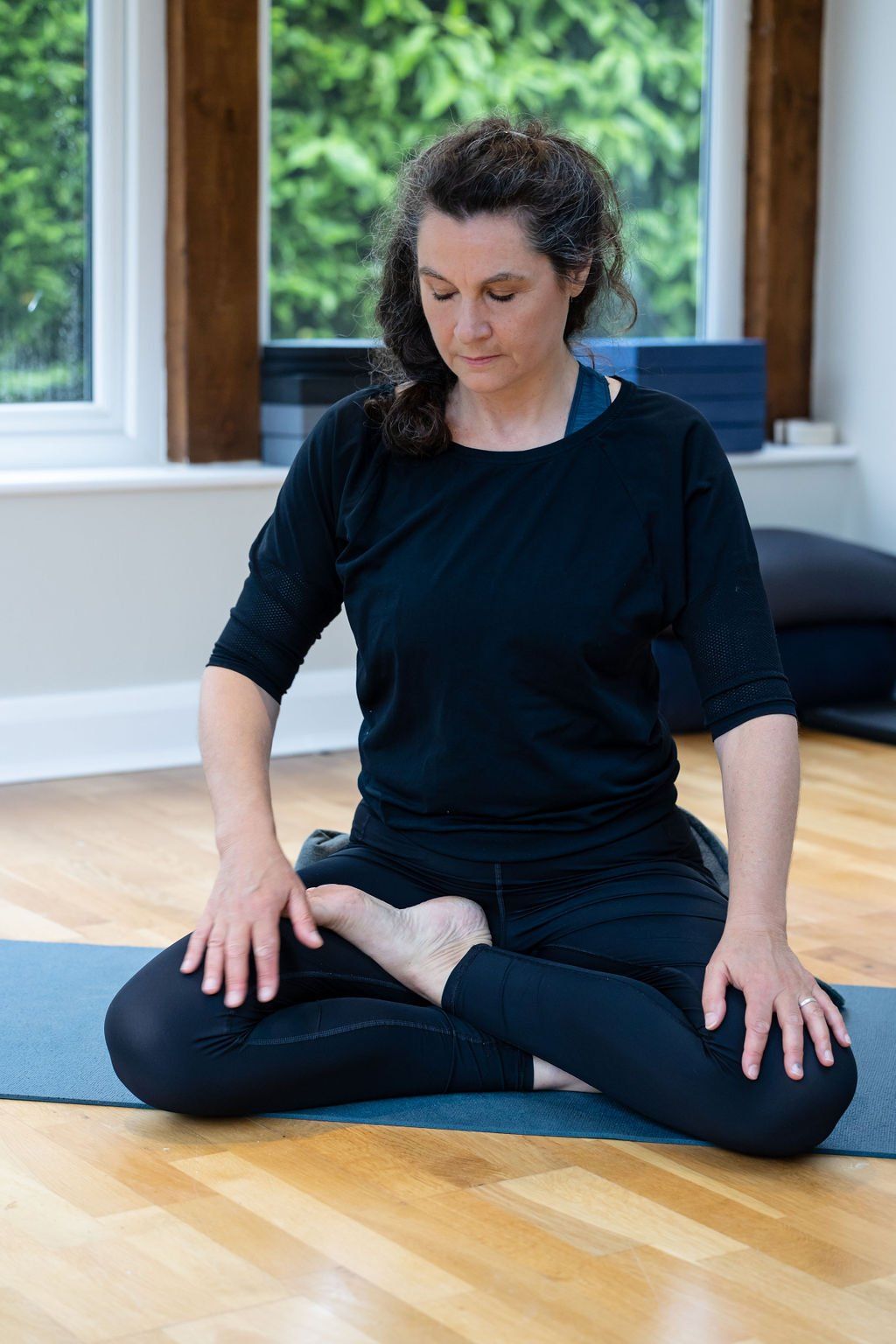
Slide title
Write your caption hereButton
Slide title
Write your caption hereButton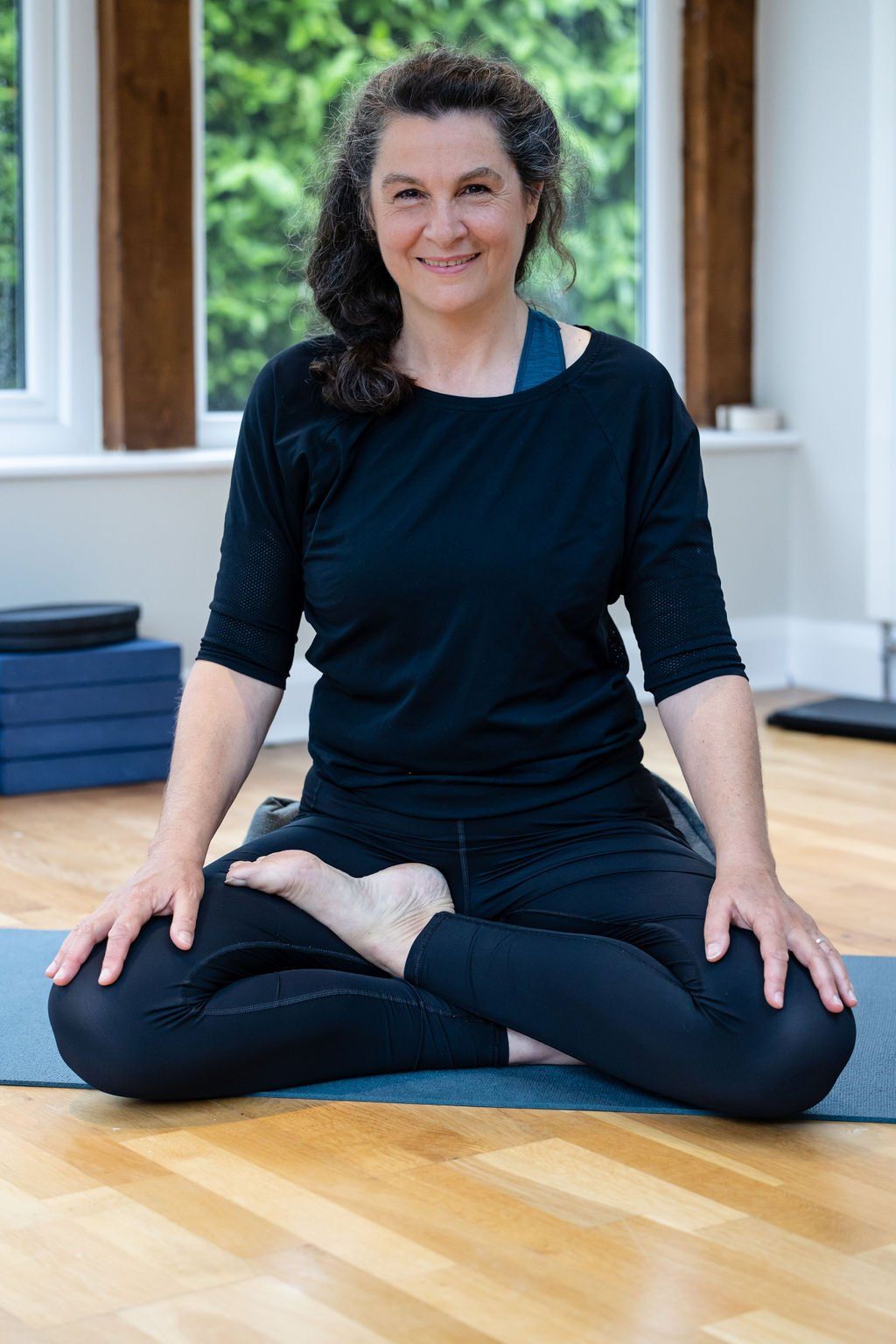
Slide title
Write your caption hereButton
Pranyama
Sit quietly in a comfortable position for you (floor or chair), preferably with your spine upright with knees or feet resting on the ground. Rest the hands on the thighs or on the lap and allow the shoulders to melt. Bring your awareness to your body, feet, knees, back, shoulders, neck, head, shoulders, arms, hands, chest and abdomen. Be at ease. Now watch your breath. Observe and try not to interfere. It could be rapid, shallow, ragged, slow, shaky; that’s ok. Let it be. Begin counting each breath without interfering. Count 9 breaths, watch, listen and notice what happens.
This simple breathing exercise will bring you into a state of calm and is a springboard for visualisation, meditation and pranayama. I would normally practice pranayama after a short yoga sequence that targets opening the chest, shoulders, ribs and diaphragm with some warming of the limbs.
Now we can build the foundations for pranayama. It is a meticulous practice of which many of the structures and rhythms are familiar. So the questions are: is there flow between the sequence of pranayama breathing techniques? How do we keep count of inhalations and exhalations? What is an effective pranayama sequence? Can I practice just one or do I need to build up to a particular technique as I would in yoga posture sequencing? If you are interested in understanding more about pranayama then this is a great introduction.
Subscribe
To keep up to date with my latest news and offers please subscribe to my newsletter.
Contact Us
We will get back to you as soon as possible.
Please try again later.
